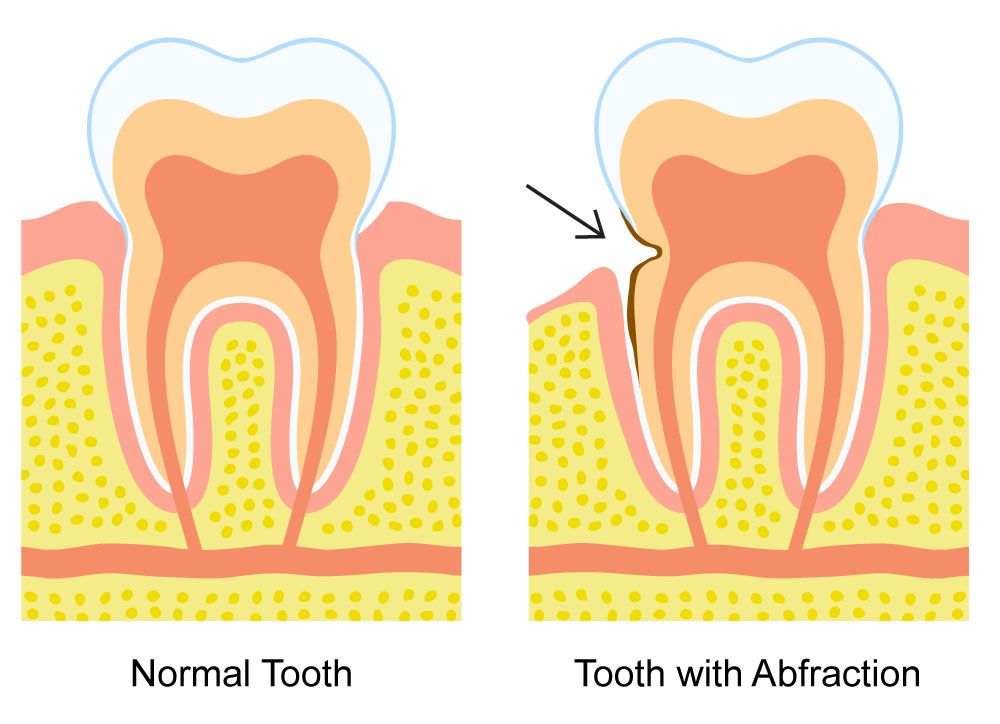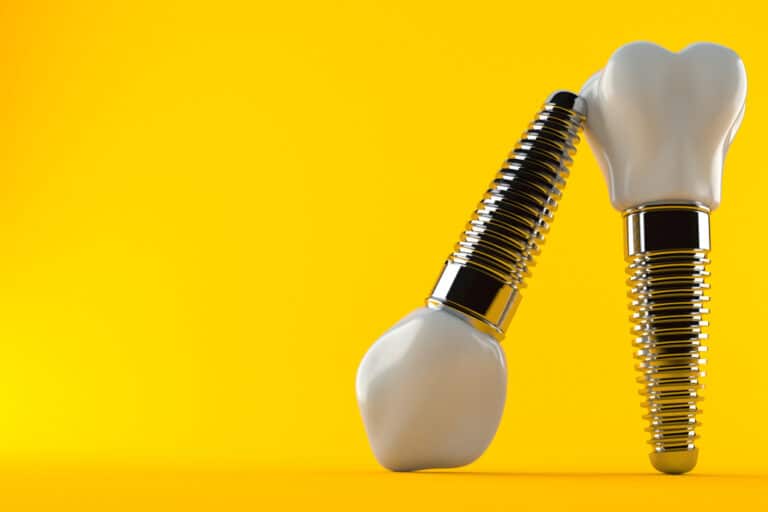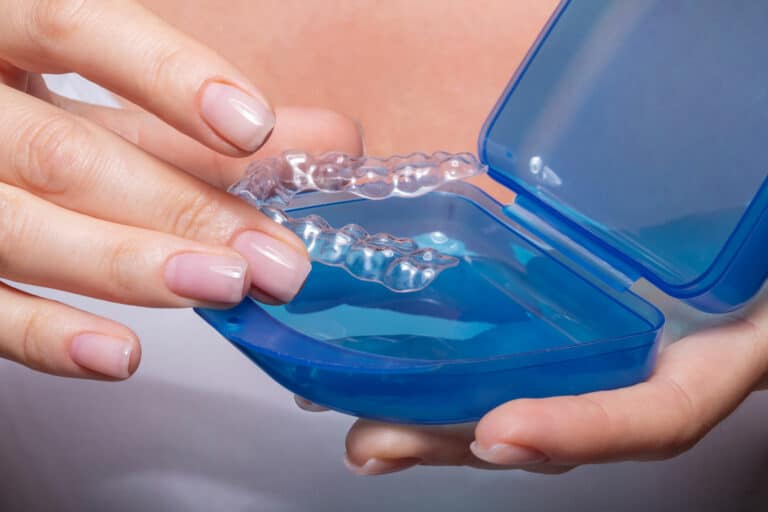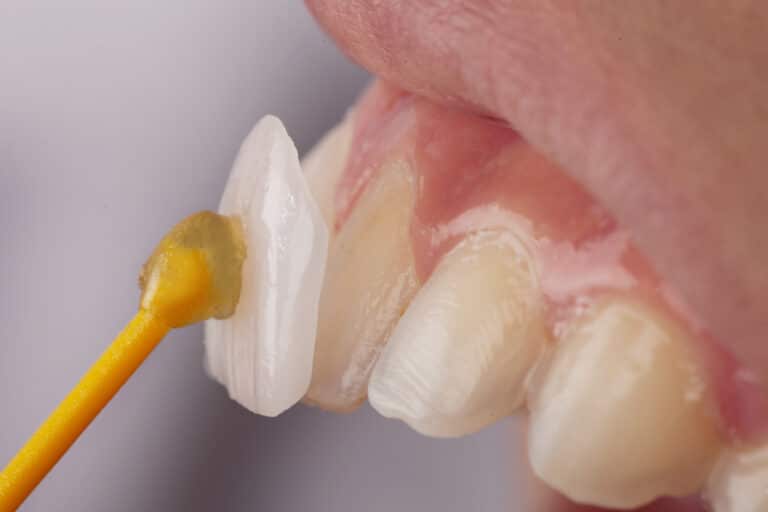Dental abfraction is a term that you may not be that familiar with. It’s not tooth decay, and it’s not acid erosion. The issue is related to other issues related to dental health and wellness.
Here at Astoria Dental Group in Queens, we are more than happy to go over these comprehensive general dentistry issues with patients, which empowers them to make smart choices about denta health and wellness. Let’s consider dental abfraction right now, as well as some of the issues that surround this particular dental health topic.
What Is Dental Abfraction?
Dental abfraction refers to a small notch that forms at the gumline of a tooth where tooth structure gets lost. Yet the loss of tooth structure in this area is not related to tooth decay or tooth erosion. Rather, the problem is thought to be caused by regular wear and tear on the teeth.
The term “abfraction” was first used to discuss this type of hard tissue dental lesion in 1991. There is some controversy about the nature of abfractions, however, which we will discuss below briefly.
Causes of Dental Abfraction
As noted above, abfraction is the result of natural wear and tear on the teeth, which means the forces exerted on a tooth as a result of the following common actions:
- Biting
- Chewing
- Eating
In addition, it’s been suggested that tooth grinding (bruxism) can also cause abfraction to occur. Poor dental alignment can similarly increase the risk of abfraction for some individuals. The bristles of your toothbrush may round out or otherwise alter the shape of an abfraction over time.
Signs and Symptoms of Dental Abfraction
The most common sign/symptom of abfraction is a wedge-shaped lesion or saucer-shaped lesion where the tooth meets the gumline. It’s been suggested that abfraction can also contribute to issues with tooth sensitivity.
Treating Dental Abfraction
The most common treatment for dental abfraction is the use of a tooth-colored dental filling, which will rebuild the missing tooth structure and prevent further loss of tooth structure. If the abfaction is associated with tooth grinding, a bite guard and other treatments may be considered to reduce the development of further lesions.
Controversy: Is Abfraction Real?
Ever since 1991, there has been some debate among dental health professionals about the existence or non-existence of dental abfraction. Some dentists believe that there may be other causes of these hard-tissue lesions, and that there may be other factors and forces to consider as well.
As the research continues regarding abfraction and its causes, you can count on us to follow the issue to some degree. These kinds of fascinating discussions about dentistry are worth sharing with patients as it brings up new points of discussion and new considerations for dental health professionals.
Contact Astoria Dental Group
For more information about dental abfraction and other dental health issues that can affect the look of your smile and overall quality of life, be sure to contact our cosmetic and restorative dentistry center today. The team at Astoria Dental Group will help you achieve excellent results.




